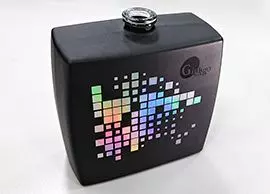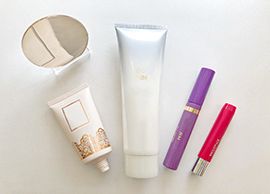Differences of Materials of Dies
There are silicone rubber dies and metal dies, the latter could be further divided into copper die and zinc die. The differences between silicone rubber dies and metal dies and the two major metal dies are described as below.
Soft Die and Hard Die
Two Major Items: Silicone Rubber and Metal (Copper / Zinc)
| Silicone Rubber Die | Metal Die | |
|---|---|---|
| Features | Silicone rubber covered on aluminum sheet. Thickness of aluminum sheet: 1 ~ 1.5 mm approx. Thickness of silicone rubber: 1 ~ 3 mm approx. | Metal die has extraordinary mechanical properties, physical properties, electrical conductivity, thermal conductivity, and erosion resistance. |
| Thermal conductivity | Slow heat conducting. Higher temperature needed for hot stamping. | Fast heat conducting. Lower temperature needed for hot stamping. |
| Benefits | Softer material, less obrious mark after stamping. | Hard material. No deformation even under high pressure stamping. Suitable for stamping very fine font. |
| Drawbacks | Deformation or thickened font size might take place after stamping. | Color deviation after stamping. Causing uneven surface on substrates. |
| Differences | Soft material suitable for curved plastic material. Wider applications. | Hard material suitable for paper or object with smooth surface. |
Summary:
Which die to use depends on what products are expected. You could also use copper die to create sunken effects on surface.
Copper Die and Zinc Die
| Copper Die | Zinc Die | |
|---|---|---|
| Thickness | High | Low |
| Durability | High | Low |
| Price | High | Low |
Summary:
Which to use: go for copper die when large quantities is needed; for small amount of production, use zinc die.
- Related products
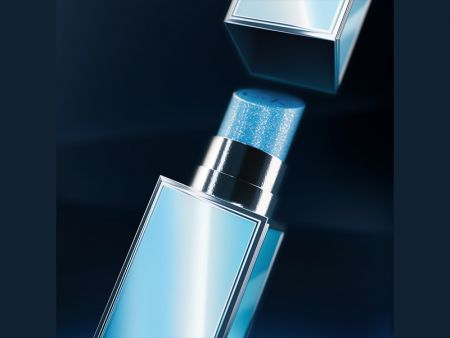
Plastic Packaging Hot Stamping Foil
Hot stamping foil for plastic packaging has high chemical resistance and good adhesion to various plastic materials so the trademark or logo of the products won't come off. Suitable for industries such as cosmetics product packaging materials, household appliances and so forth.

Hot Stamping Foil for Glass and Ceramics
Designed for Premium Products, Combining Luxury and Durability
Glass and ceramic hot stamping foil is a high-performance metallic transfer film specifically designed for glass hot stamping processes and ceramic applications. It is ideal for premium products such as perfume bottles, cosmetic bottles, wine bottles, and decorative vases. This product not only delivers exceptional high-gloss hot stamping effects but also offers the durability of scratch-resistant glass transfer and the stability of alcohol-resistant hot stamping, making it the perfect solution to meet the demands of the high-end market.Moreover, the product complies with multiple environmental and safety certifications, including REACH, RoHS, EN71-3, and CP65, ensuring market safety. Environmentally certified hot stamping foil not only enhances product value but also meets the stringent environmental requirements of the international market.Whether you aim to enhance the visual appeal of your products or strengthen their functionality, our hot stamping foils will help you stand out in the competitive market.
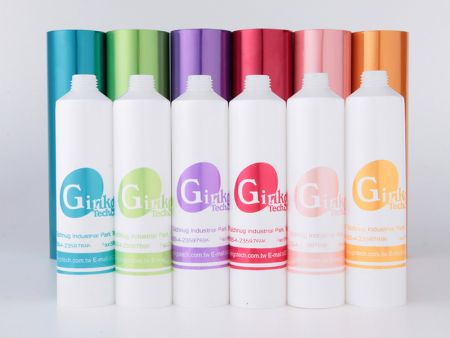
Translucent Foil
Translucent foil has differ production process from the general hot stamping foil, which could perform different effects, by applying translucent foil onto the printed colors will create thousauds of combinations with special layering effects. Many cosmetics related industries and designers are using our translucent foils in packaging designs and creating the unique style. Our translucent foils have passed strict certifications and verifications process of En71-3, CP65, REACH, RoHS, and SGS. We conduct all-round inspections to ensure safety of your products in the market.
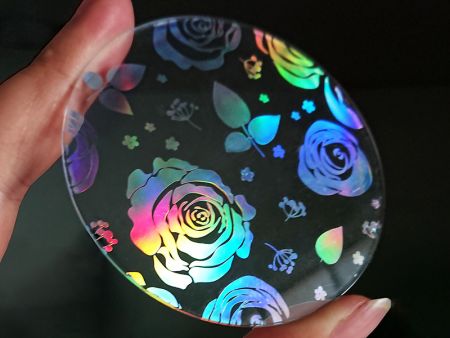
Holographic Foil
Holographic foil requires excellent hologram embossing technology to display a special appearance and catch customers' attention. The foil is often used in hot stamping on various papers and plastic materials and facilitate decorative functions. It could be applied to cosmetics, paper box, lure bait, credit card, passport, and anti-counterfeit label, it is flexible and available for satisfying different, customized layouts, colors, and patterns.


